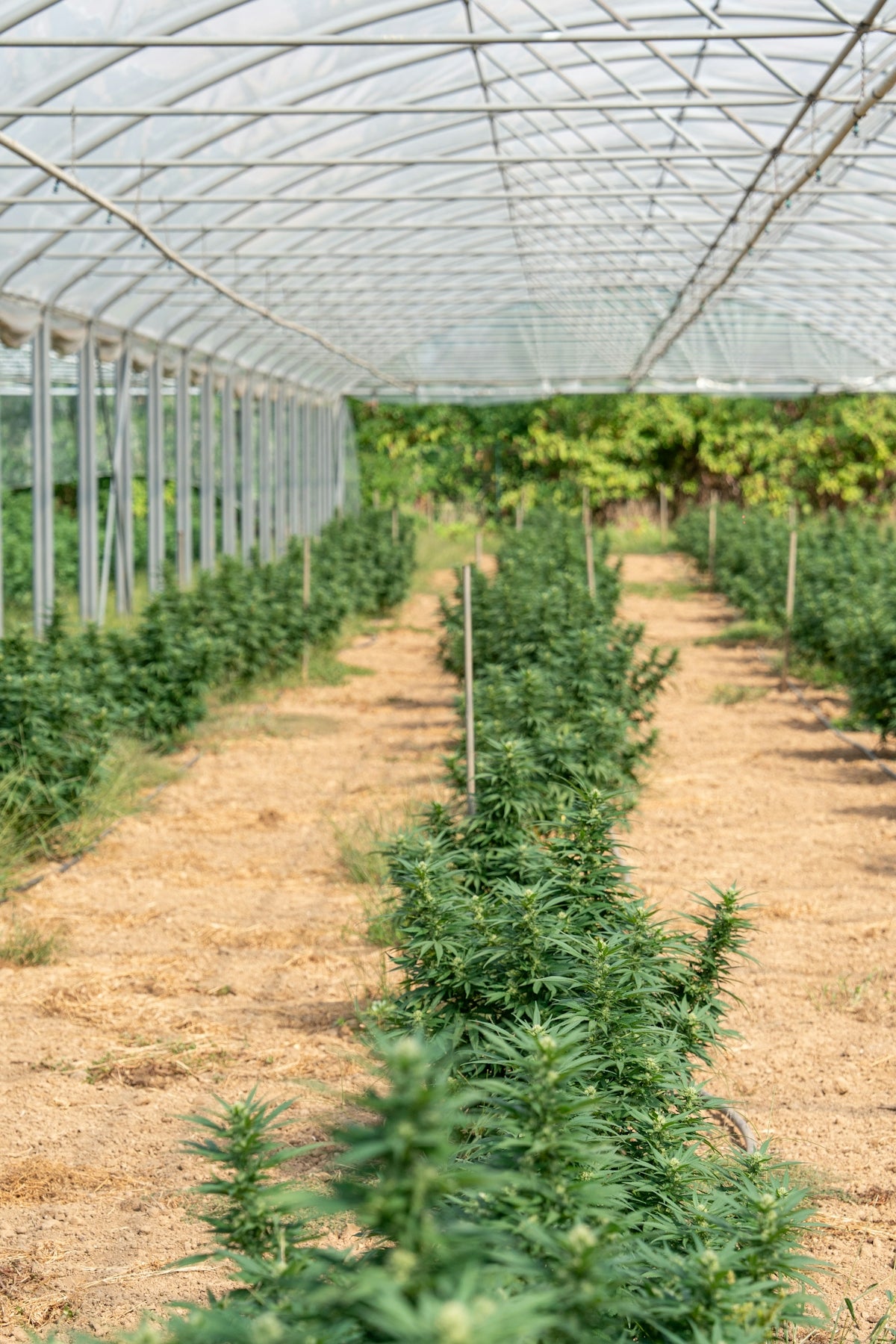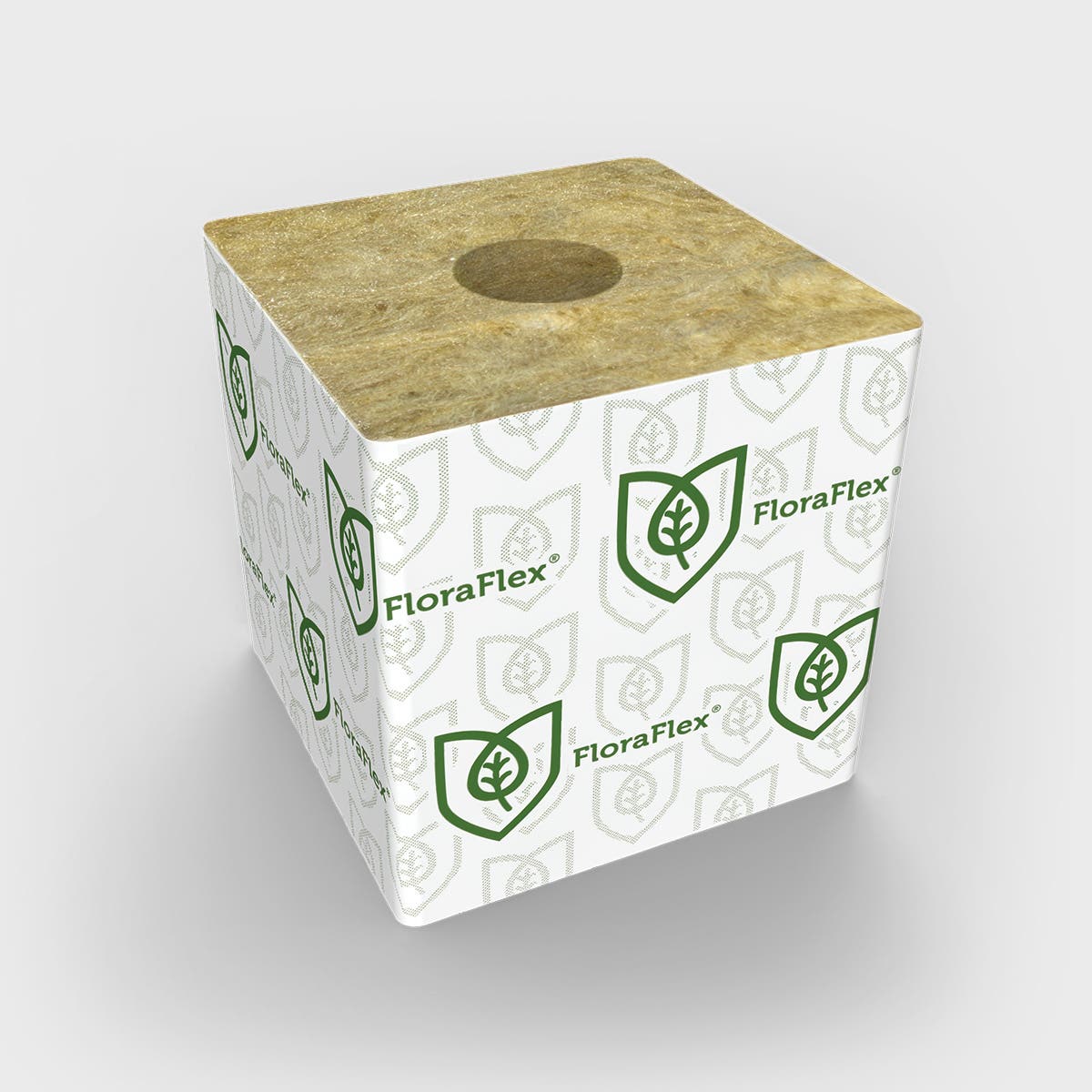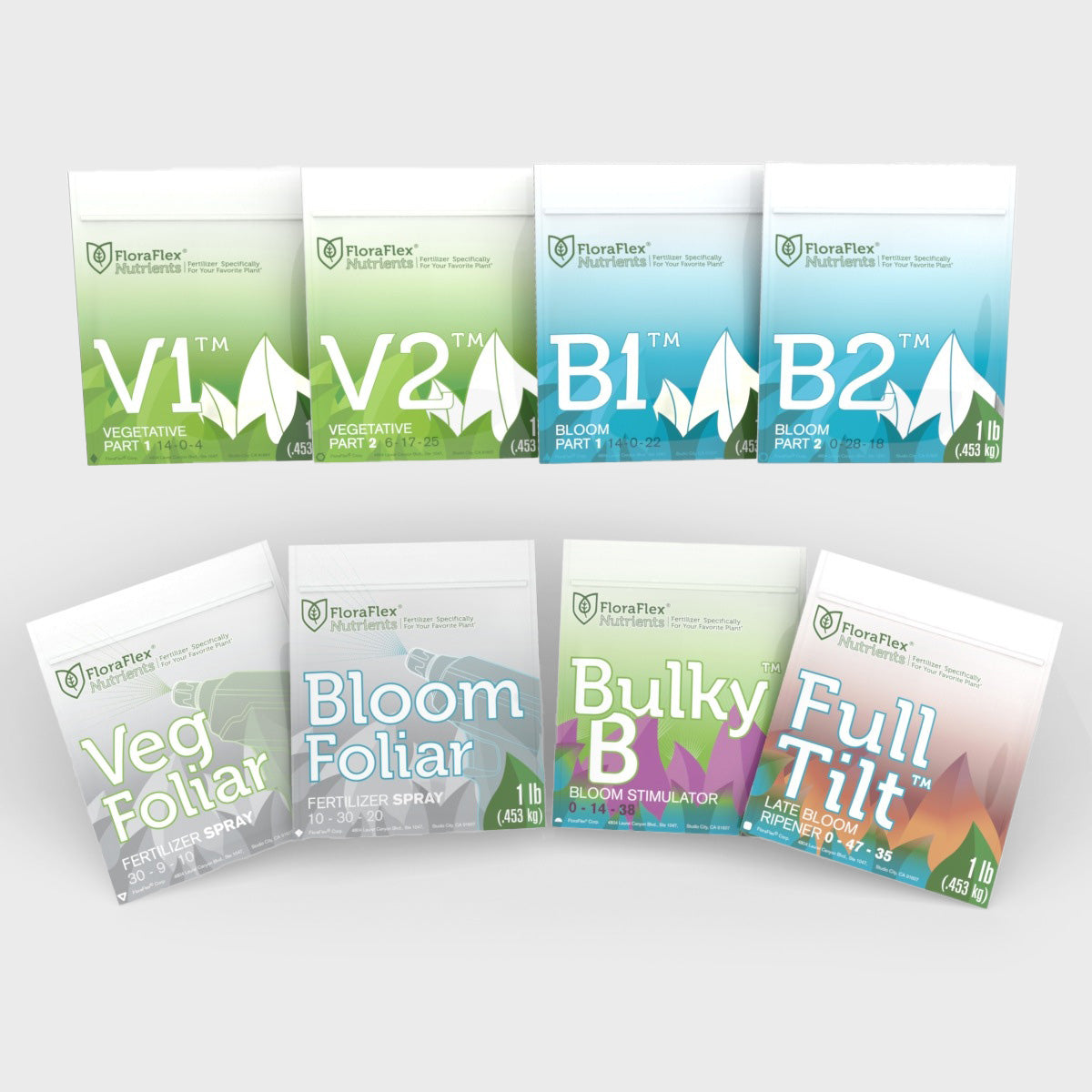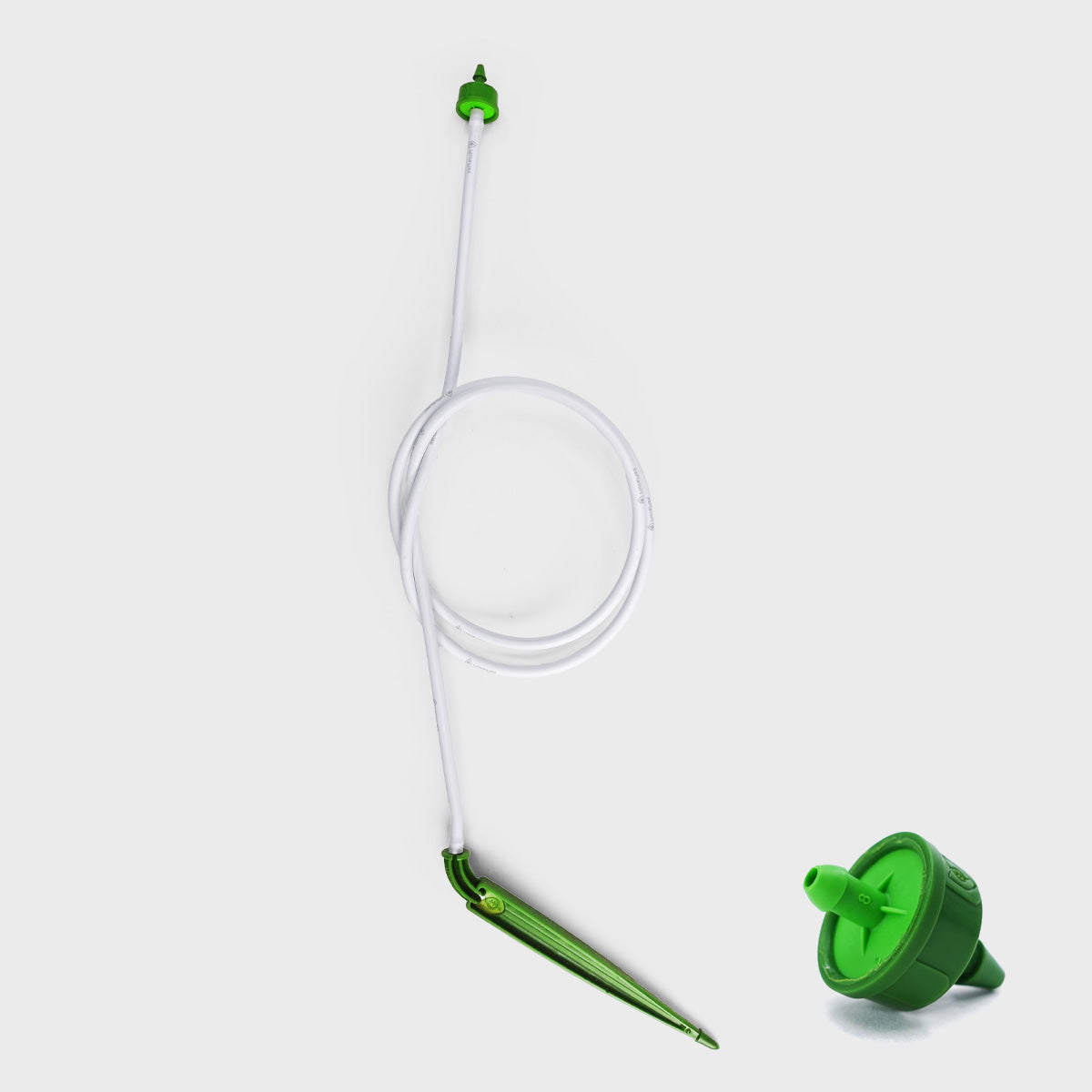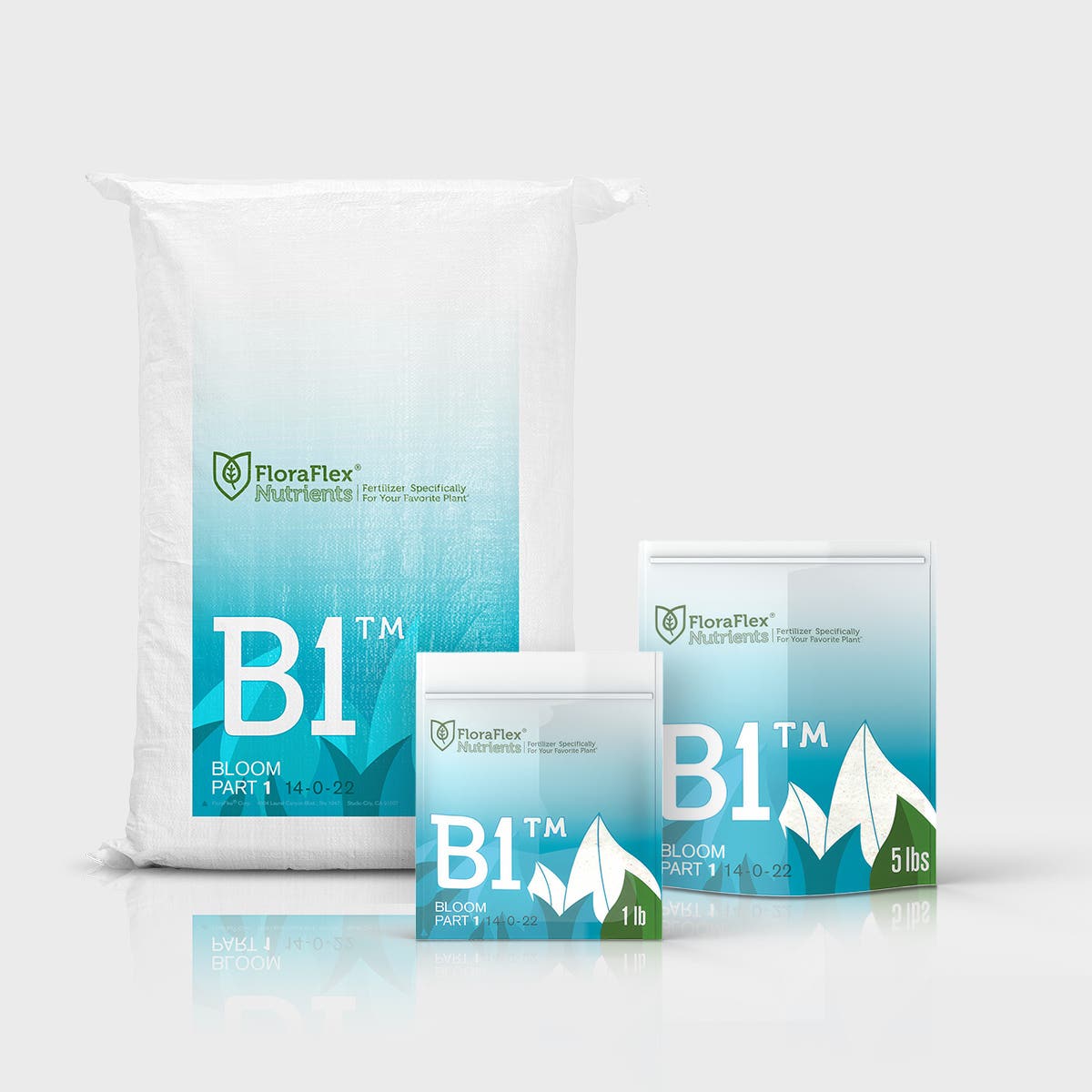Crafting an effective feeding schedule for cannabis can make all the difference in achieving a healthy, robust harvest. Whether you're a seasoned grower or just starting out, understanding the nuances of feeding can elevate the quality and yield of your cannabis plants. This comprehensive guide will walk you through the essential steps to create an optimized feeding schedule, ensuring your plants thrive.
Understanding the Basics of Cannabis Nutrition
Cannabis plants require a balanced diet consisting of macronutrients and micronutrients. The essential macronutrients include nitrogen (N), phosphorus (P), and potassium (K), all of which play critical roles throughout the plant's growth cycle. In addition, plants need secondary nutrients such as calcium, magnesium, and sulfur, as well as trace elements like iron, manganese, and zinc.
It's vital to adjust nutrient levels based on the growth stages of the plant: the seedling stage, vegetative stage, and flowering stage. Each phase necessitates distinct nutrient ratios to support the plant’s developing needs.
Choosing the Right Growth Medium
Selecting the appropriate growth medium is fundamental for controlling nutrient intake and water retention. Some popular choices include soil, coco coir, and hydroponic systems. Each medium has unique properties influencing the feeding schedule.
Using a medium like the 6" FloraFlex Wool (Basalt Derived), for example, provides excellent water retention and aeration, making it an ideal choice for maintaining optimal moisture levels and nutrient uptake.
Key Ingredients to Consider for Your Feeding Schedule
1. Nitrogen (N)
- Role: Essential for leaf and stem growth, especially crucial during the vegetative phase.
- Deficiency Symptoms: Yellowing older leaves, stunted growth.
2. Phosphorus (P)
- Role: Important for root development and energy transfer.
- Deficiency Symptoms: Darkening or purpling of leaves, poor growth, and delayed maturity.
3. Potassium (K)
- Role: Supports overall plant health and increases resistance to diseases.
- Deficiency Symptoms: Leaf spots, marginal burning, weak stems.
4. Calcium and Magnesium
- Role: Calcium is crucial for cell wall structure, while magnesium is central to chlorophyll production.
- Deficiency Symptoms: Calcium deficiency may cause distorted growth, while magnesium deficiency can lead to interveinal chlorosis.
Creating a Stage-Appropriate Feeding Schedule
1. Seedling Stage (1-2 Weeks)
- Nutrients: Mild feeding is required.
- Frequency: Once a week.
- Focus: Minimal but balanced nutrition to maintain slow, steady growth.
2. Vegetative Stage (3-8 Weeks)
- Nutrients: Higher nitrogen with moderate levels of phosphorus and potassium.
- Frequency: 1-2 times per week.
- Focus: Promote lush leafy growth and robust branching.
3. Flowering Stage (Weeks 9-16)
- Nutrients: Increase phosphorus and potassium, reduce nitrogen.
- Frequency: 1-2 times per week.
- Focus: Encourage bud development and enhance resin production.
Monitoring Plant Health and Adjusting the Schedule
Consistently monitor your plants for signs of nutrient deficiencies or toxicities. Utilize tools such as EC (electrical conductivity) meters and pH meters to ensure the nutrient solutions are within optimal ranges. Adjust your feeding schedule based on the environmental conditions, plant size, and growth phase.
The Importance of Water Quality
Water quality significantly impacts nutrient absorption. Ensure your water source is free from contaminants, and the pH level is appropriate for your growing medium. FloraFlex provides a range of accessories to help optimize your setup.
Tips for Optimizing the Feeding Schedule
- Start Low, Go Slow: Begin with lower concentrations of nutrients to prevent nutrient burn. Gradually increase as the plants demonstrate the capacity to handle more.
- Observe, Adjust, and Document: Keep a detailed record of feeding schedules and plant responses to refine your approach over time.
- Consistency is Key: Regular feeding schedules prevent nutrient lockout and ensure a stable growing environment.
By following these key steps and utilizing quality products like the 6" FloraFlex Wool (Basalt Derived), you can tailor your cannabis feeding schedule to promote optimal plant health and maximize yield. Explore the complete range of cultivation products at FloraFlex for solutions designed to elevate your growing experience.

